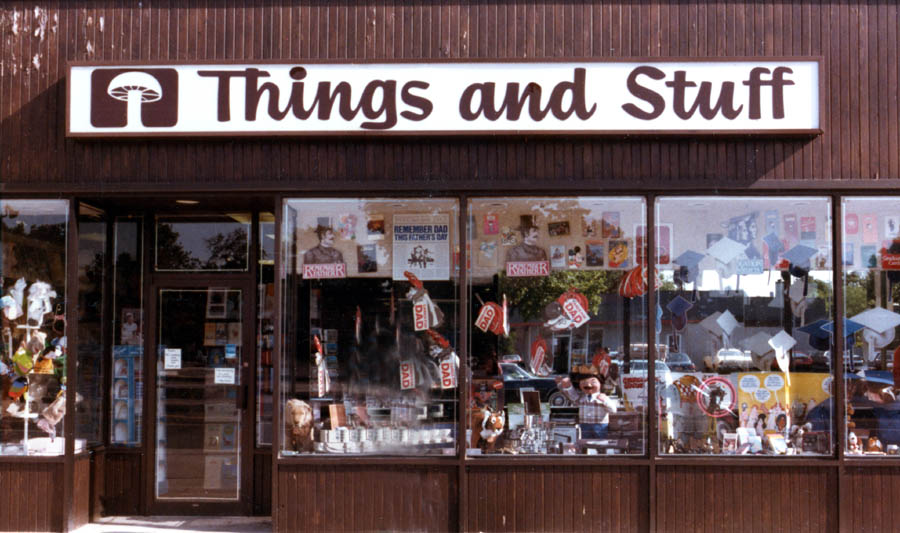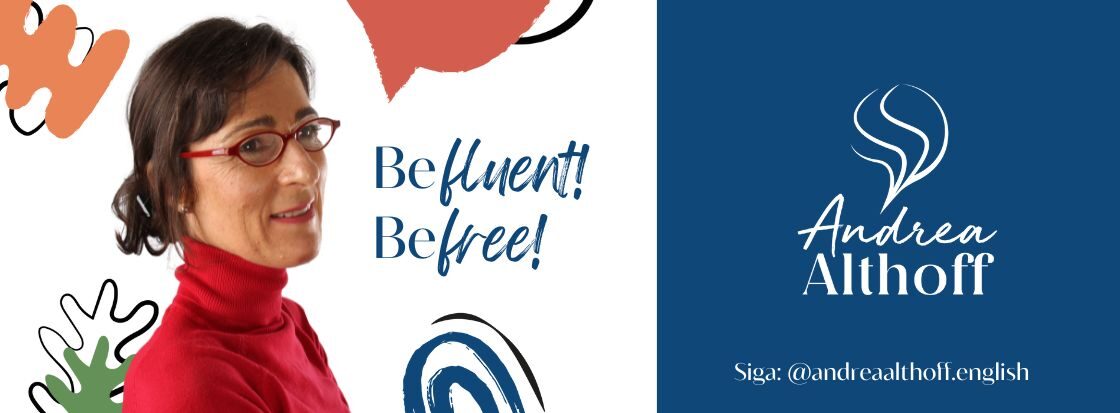
Thing
The general noun thing is most commonly used to refer to physical objects, but we also use thing to refer to ideas, actions and events:
What’s that thing over there in the car park?
She always says that she hasn’t a thing to wear.
Can you put your things in the upstairs room? (things here = personal belongings)
Anger is a very dangerous thing in a young man.
So don’t rush him. These things take time and we certainly don’t want to upset him.
A holiday? That’s just the thing for you.
A: Hi Geoff. How’s things? (How’s things is a common informal greeting.) B: Fine, thanks. How are you?
In speaking, we commonly use the phrase the thing is. We use it when we want to focus on something, or to indicate that there is a problem:
The thing is … erm … we don’t have time to visit New York as well as Washington.
Yeah, that’s OK, but the thing is, he still hasn’t apologised for being late.
Thing is an example of vague language. It allows speakers not to sound too direct. We often use thing in phrases such as things like that, that kind of thing:
They’re cooking lots of different Italian and Spanish dishes and things like that.
When I worked in a newspaper office, there wasn’t time for eating lunch or that kind of thing, you know.
We also use thing to show both positive (usually affectionate) and negative attitudes, mainly when accompanied by appropriate adjectives:
Our cat is too old now to leave the house, poor thing.
You lucky thing! I wish I had the chance to visit New Zealand.
A: You’re going to get paint on that dress. Why don’t you get changed? B: It doesn’t matter. It’s just an old thing.
Stuff
Stuff is one of the most common nouns in speaking. It is more informal than thing. It is not at all common in writing.

Stuff is an uncountable noun. We use stuff in similar ways to thing, especially in vague language phrases such as stuff like that:
Where can we put our stuff? (our belongings) (very similar to, but more informal than, Where can we put our things?)
She didn’t have much advice to offer. She just told us to learn lots of new English vocabulary and stuff like that.
Now watch this video for an extra perspective on the usage of thing and stuff.
Depending on the context, stuff can suggest a more negative idea:
What’s this stuff on the floor? Que troço é este no chão?
I have some sticky stuff on my shoe. Tem um troço grudento no meu sapato.
